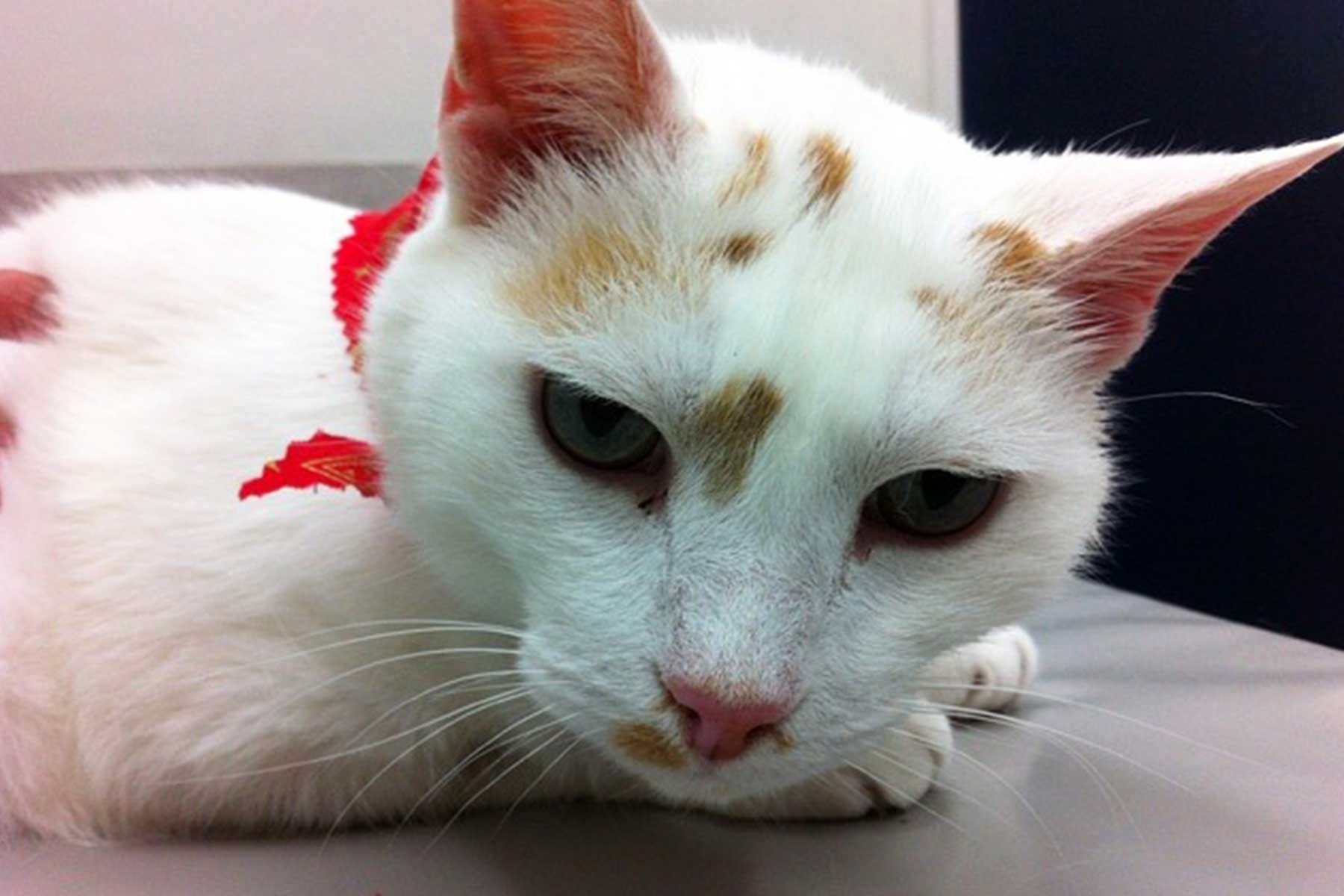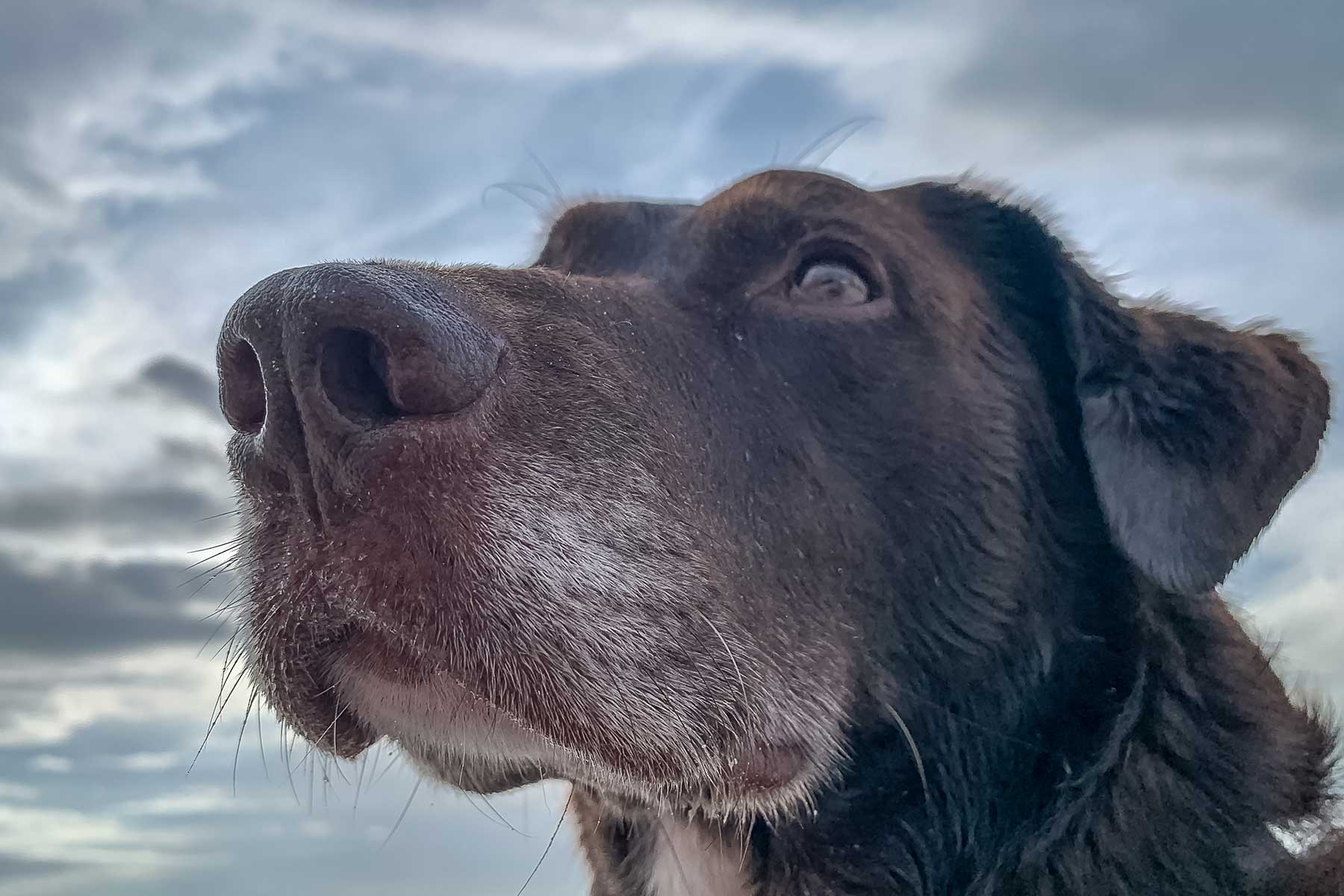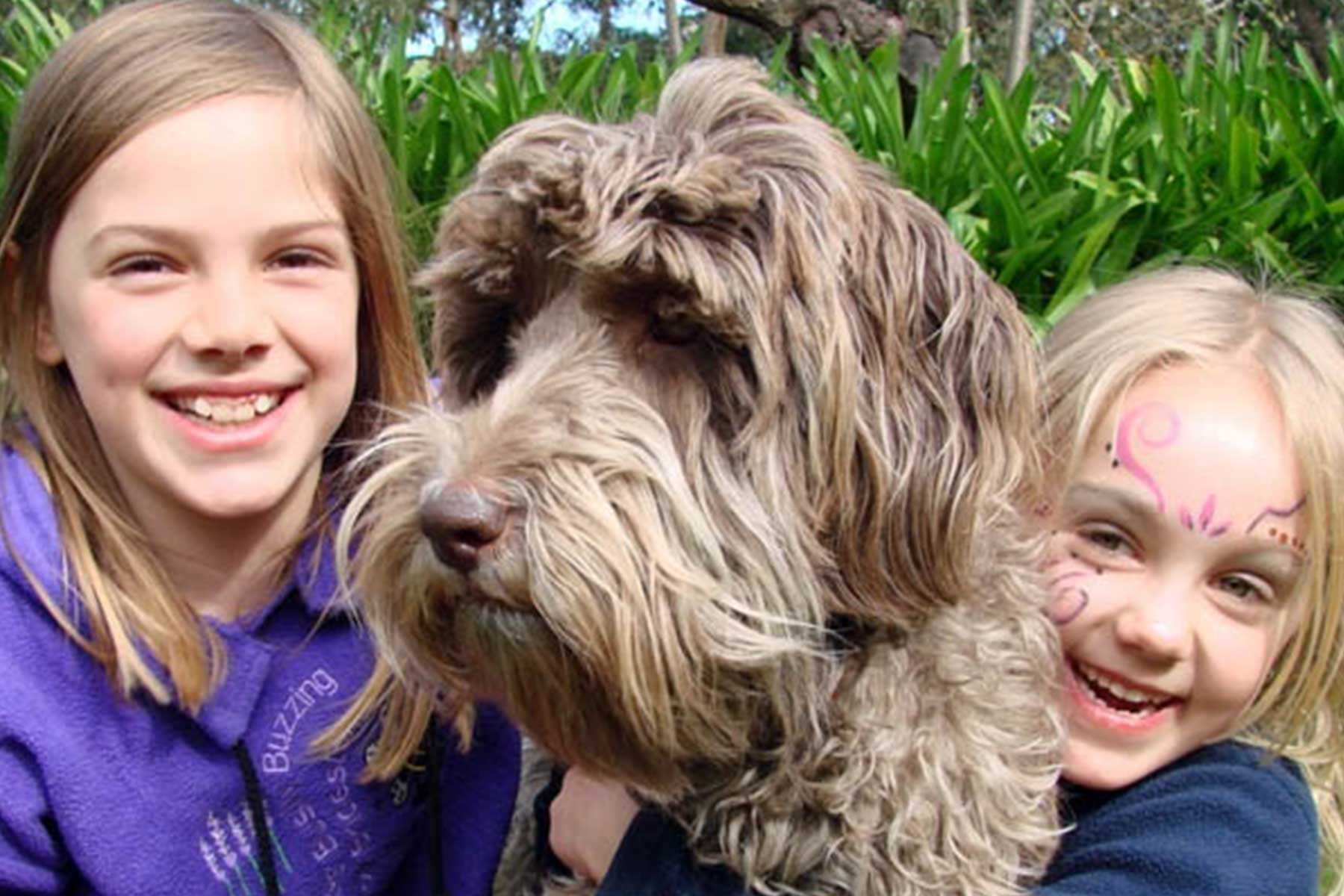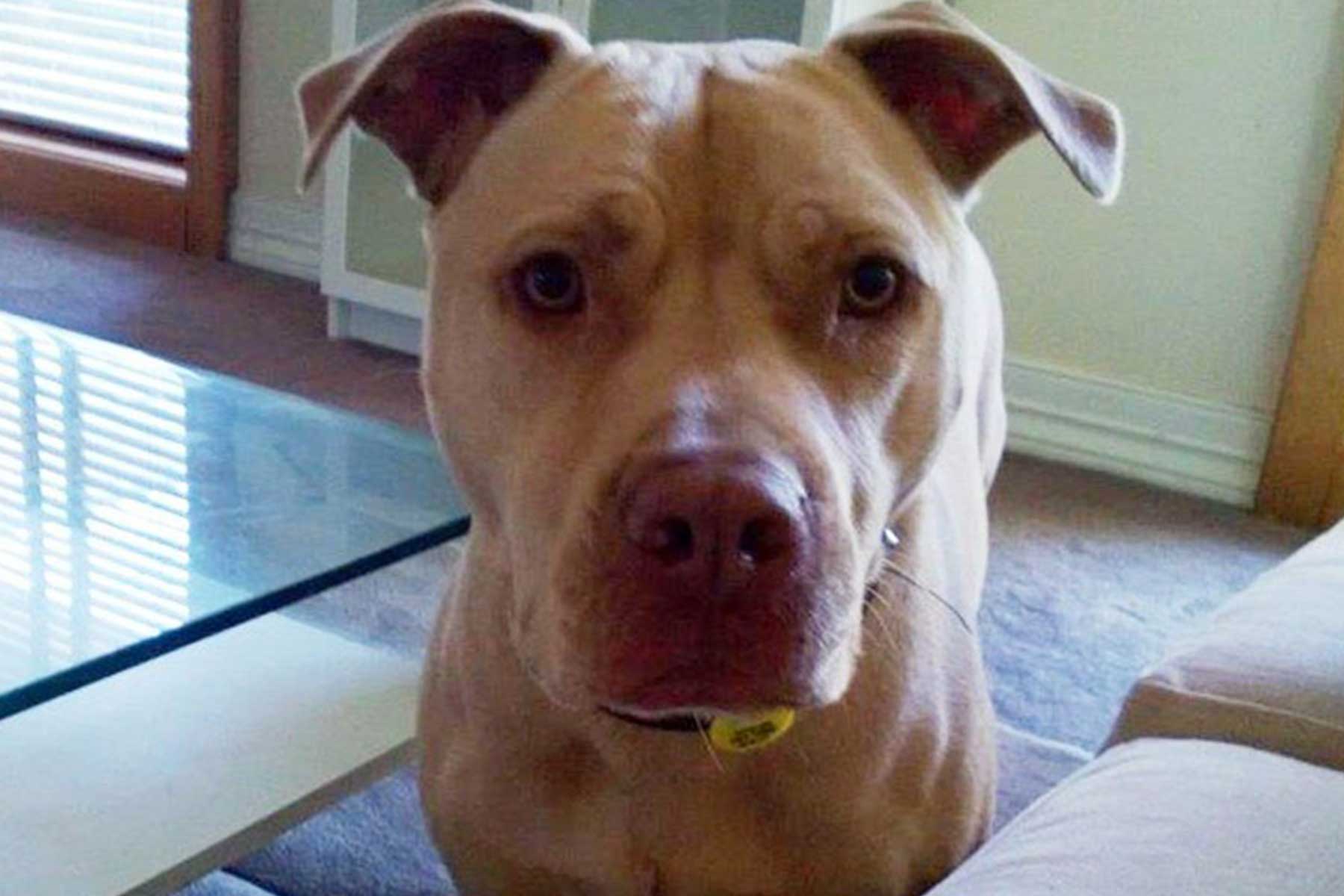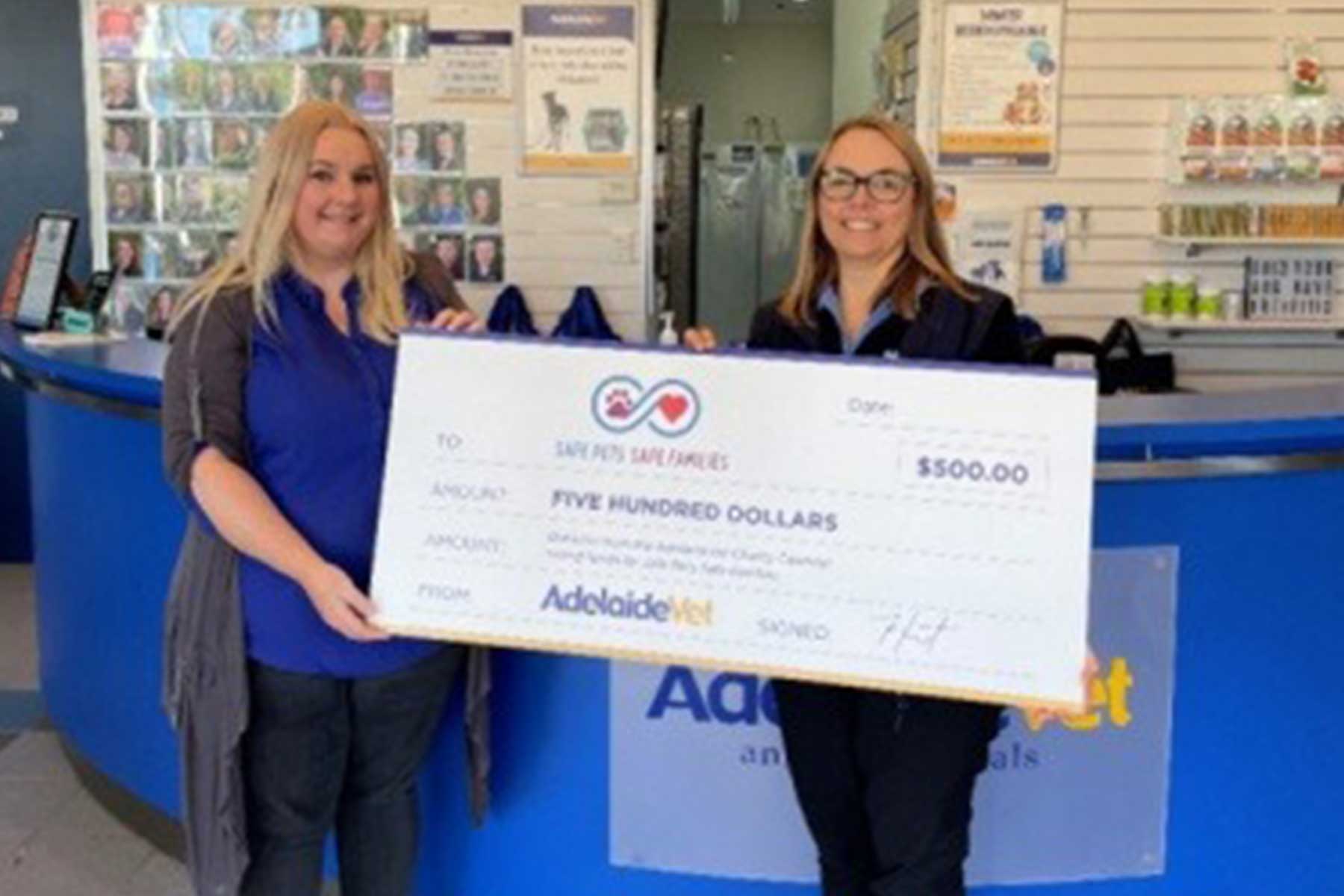Chasing cars and vehicles can be a big problem and is potentially be very dangerous for both the dog and humans involved. Drivers are encouraged not to swerve to avoid animals on the road, but it can be a natural reflex, and could be fatal for any involved, therefore it’s very important that your dog is safe when walking near traffic.
What is prey chase drive?
Prey chase drive, or predatory chase drive, is an overwhelming desire to chase things, such as other dogs, cats, birds, small furry animals, cars, bikes, scooters and more
The movement of the “prey” triggers the dog to chase, similar to a reflex, and is a part of normal dog behaviour. Some breeds have higher predatory chase drives than others, especially working, hunting, and herding breeds. As well as being a natural behaviour that is leftover from their wolf ancestry, chasing is fun for a dog and triggers the pleasure centres of their brains.
The prey drive involves five different behaviours: searching, stalking, chasing, biting to grab, and biting to kill. Most dogs enjoy chasing, but certain breeds developed for specific kinds of work typically have a stronger prey chase drive than others. Consider your dog’s breed if you have chasing issues. For example, greyhounds, whippets, and most terriers are attracted to pursuing and even attacking small animals. Whereas shepherd and working dog breeds are more likely to chase larger livestock, as well as cars and bikes, in a misguided effort to herd them.
Before you train not to chase
Begin rewarding your dog’s attention! Yes, you want to reward your pup for simply paying attention to you. The most important thing, in any situation, is having trust in your dog’s recall. To teach what not to chase, your pup must first be trained to leash walk nicely and to understand the “sit” and “stay” commands. Once those are mastered, your dog can learn not to chase. As dogs age, it becomes more difficult to break habits. Training puppies is easier than training an adult dog who has been doing it for years: it will take more time and patience! So if you have a puppy that is beginning to show signs of wanting to chase cars, now is the time to start training!
Expose your dog to staged situations
One of the biggest mistakes dog owners make is exposing their dogs too close to their triggers or progressing training too fast. This creates problems and potential setbacks. Carefully expose the dog to moving vehicles, by making them as boring as possible to the dog. To help with this, the vehicle should be small, slow and quiet at first. You should also do it at first, in a garden, a field, or somewhere away from public roads if possible. Remember, we want to make vehicles seem boring!
Place your dog on a 1.8 m lead (6-foot lead). This is for safety reasons as a precaution in case your dog bolts. Next, have a friend slowly ride a bicycle, drive a car, or jog by the dog, while you continue to enforce your dog’s sit/stay position. Start far away at first, then the distance between the dog and the vehicle can be lessened. When you are at a far enough distance from what your dog is feeling the urge to chase; reward your pup for paying attention to you! When you begin noticing that your dog is having no issues paying attention to you: then gradually decrease the distance between the vehicle and your dog. Please remember, you don’t want to put your dog in danger, the biggest aim is that your dog won’t chase cars or find it appealing and this can still be done at a good distance.
Distract, reward & practice
Distract your dog with a food reward, praising them for not chasing. As soon as they begin to agitate about running after (whining, growling), make an about-face and walk the other direction while praising and offering treats (when the dog is no longer agitated). You want the dog to associate the car/bike/jogger presence with treats as it walks away.
Drill with these setups over and over until the dog looks at you after he sees the bike or car rather than wanting to chase. It’s impossible to totally eliminate the chasing behaviour, but it can be redirected. Gradually increase the speed of the passer-by, and continue to intermittently reward your dog for sitting still as it comes, and then turning away to get treats once it’s near.
Provide safe outlets for chasing
Find an alternative outlet for the chasing behaviour. Don’t focus on stopping your dog from chasing entirely, but rather focus on redirecting that chasing behaviour to something more appropriate.
Games such as fetch alleviate the urge to chase and provides a bonding experience for the two of you. Relieving your dog’s boredom can help avoid chase behaviours that arise from frustration and loneliness. There are also organised dog sports such as herding trials for shepherd breeds, lure-coursing for sighthound breeds, and go-to-ground for terriers that reward these behaviours in controlled settings.
Instead of fighting your dog’s natural desire to chase, try channelling it into safe training and games, including:
Fetch: You dog can channel their natural drive into chasing balls and other toys.
Hide & Seek: Call your dog’s name from another room in the house. When your dog comes running to find you, reward them with lots of praise and treats. Remember to start by playing this game in safe and low-distraction environments.
If you have a dog who was bred to chase, or who just has a love of the chase, certain dog sports are designed to help channel that natural drive:
Lure Coursing: This is a fast and fun sport that challenges a Sighthound’s natural instinct to chase prey. Dogs pursue a mechanical lure (a plastic bag) attached to a line that moves at speed just above the ground, on course to simulate an actual hunt. Lure Coursing is for select breeds over one year of age, including Greyhounds, Basenji, Whippets, Irish Wolfhounds, Pharaoh Hounds, and more.
Fast CAT: Unlike Lure Coursing, Fast CAT is open to dogs of any breed or size — not just Sighthounds — and mixed-breed dogs are also able to compete. Fast CAT is a timed run where dogs chase a lure (again, a plastic bag) and run towards their owner at the other side of the track.
For dogs who are fearful or anxious about cars
If you think there may be fear involved in your dog’s car chasing behaviour, you are better off doing some desensitisation and counterconditioning: before doing the exercise above. It is best to help your dog feel more comfortable around cars first.
Many fearful dogs are too upset about passing cars to cognitively function to perform obedience exercises.
Reward your dog for paying attention to you. Teaching “Look at that” may help get the dog’s focus off the cars. You basically, mark with a clicker or pronounce a verbal command such as “yes,” when your dog looks at the cars from a distance. At some point, upon spotting the cars, your dog will look at you automatically for the treat. You can then decrease distance very gradually between your dog and the vehicle.
As your dog becomes more comfortable, you can then decrease distance, but if at any time your dog seems uncomfortable and over threshold, you need to revert to being further away.
In the case of chasing cars out of fear, only once your dog has proven to you that they are more comfortable around cars, you can then start asking for alternate behaviours such as a sit, down, or a few steps of attention heeling as described in the section above for dogs who are not fearful.
If your dog continues to chase even after training, you may want to speak with a canine behavioural specialist. Chasing behaviour can be dangerous, but a specialist may be able to help identify issues, breed habits, or something else that is causing your dog to constantly chase. Having a dog who enjoys chasing things can be challenging, but it helps to remember that this behaviour is instinctual and natural. When your dog chases, they are responding to a very natural urge. The good thing is that training, games, and sports are a great way to channel your dog’s chase into behaviours that are safe and fun for both of you. Also please be aware of your local laws as in some areas do not allow dogs off lead, and where possible always have your dog on the lead in traffic as this is the safest option.
References:
- https://pethelpful.com/dogs/How-to-Stop-a-Dog-From-Chasing-Cars
- https://www.foundanimals.org/control-dogs-predatory-chase-drive/
- https://www.hillspet.com/dog-care/behavior-appearance/prey-drive-in-dogs
- https://www.thesprucepets.com/stop-puppy-chasing-2804579
- https://www.training-your-dog-and-you.com/Chasing.html

